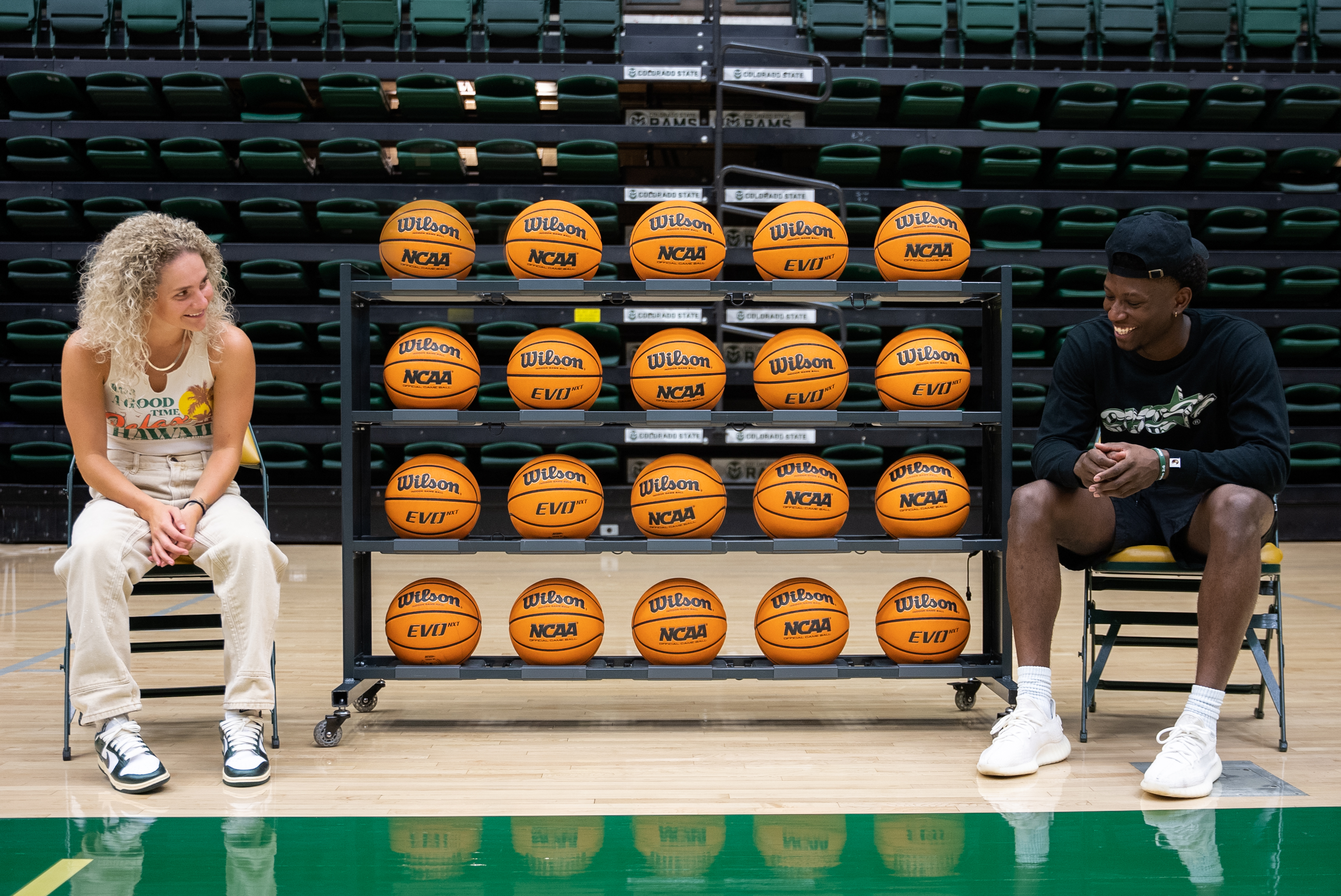The digital age has transformed how athletes and celebrities harness their name, image, and likeness (NIL). This shift brings myths that blur NIL’s true essence. In a concise read, I aim to demystify NIL for the layman, investor, and die-hard fan.
Every day, I’m immersed in the vibrant NIL world, witnessing its dynamic changes and untapped potential. However, it’s not without its misconceptions, potentially misleading athletes, institutions, and their support structures.
With 15 years as a Chief Marketing and Digital Officer, and as the CEO & Co-founder of Obsesh sportstech and marketing platform , I’ve transitioned from athlete to observer to NIL expert. I’ve delved deep into its mechanics, rights, and vast commercial opportunities, gaining insights that might escape most.
This isn’t just a typical blog; it’s a collection of insights forged from years of experience and keen observations. Dive in, and I’ll guide you through NIL’s intricacies, moving past the media’s surface-level coverage and outline the myths and realities you need to know.
feat. McKenna Hofschild and Isaiah Stevens, CSU Basketball. Click to support
The Top 11 Myths About Name, Image, and Likeness Explained:
-
All Publicity is Good Publicity
While increased visibility can boost an individual’s marketability, negative press or controversies can drastically harm their NIL value for the commercial brands. Branding is not just about visibility but also about reputation and credibility.
-
NIL Rights Equal Easy Money
Monetizing NIL requires strategic planning, networking, and sometimes, investment. Not everyone with a recognizable name or face is able to effectively capitalize on it for lots of reasons. The market is crowded and cutting through doesn’t happen with a silver bullet.
-
NIL Only Benefits Top-tier Athletes
With platforms like social media, even lesser-known individuals can create niche markets and communities, allowing them to generate income from their NIL. Women, for example, are really on the rise.
-
The Market is Saturated; There’s No Room for Newcomers
As audiences and interests diversify, there’s always room for fresh faces and unique talents. The key is to find one’s niche and authentically engage with it.
-
Monetizing NIL is Simply About Slapping a Name or Face on a Product
Successful NIL strategies involve authentic engagement, understanding your audience, and providing real value. It’s not as simple as just licensing one’s image.
-
With NIL Rights, Everyone is Out to Exploit You
While there are certainly unscrupulous agents and companies out there, many genuinely want to create mutual value. Due diligence and building trust are crucial.
-
Social Media Popularity Directly Translates to NIL Success Without Trying
While a large following on social media can offer a broader platform to monetize one’s name, image, and likeness, mere numbers don’t guarantee success with companies & brands. It’s the quality of engagement, authenticity of relationships, and alignment with brands or campaigns that truly matter. There are countless influencers with huge follower counts who struggle to monetize their online presence effectively. Conversely, some individuals with smaller, more engaged communities (<5000) excel in leveraging their NIL because they offer genuine value and maintain a deep connection with their audience. They are continually engaging their smaller community and their community engages with them. Every day. In the NIL game of social media, depth often outweighs breadth.
-
It Compromises the Amateur Status of College Athletes
NIL rights allow student-athletes to be compensated for their hard work and talent without directly tying their earnings to their athletic performance. The only risk is not following the rules. What rules? Check your state laws and current NCAA regulations, its continually changing!
-
The Legal Landscape of NIL is Static
Laws and regulations around NIL are continuously evolving, especially with the rapid growth of digital platforms. What’s permissible today might be outdated tomorrow.
-
Only Athletes Need to Worry About NIL
In today’s digital-everything world, influencers, artists, musicians, authoritative experts, and even everyday individuals can have value in their name, image, and likeness. Understanding your rights and potential can benefit a wide range of people and help each other learn. Personal branding transcends mere self-promotion. In a world teeming with talents and voices, your personal brand acts as a beacon, differentiating you from the crowd. It communicates your unique story, values, and mission. While NIL certainly has elements of self-representation, its true essence lies in creating a compelling and authentic narrative that distinguishes you, captures attention, and builds lasting connections. In essence, personal branding is a powerful tool, central to one’s success in the competitive NIL arena.
-
NIL Is Merely Vanity
Personal branding transcends mere self-promotion. While there’s undoubtedly an element of personal branding involved, NIL is also about recognizing the economic value of one’s skills, reputation, and influence. It’s about empowerment and fair compensation for one’s efforts of work. In a world teeming with talents and voices, your personal brand acts as a beacon, differentiating you from the crowd. It communicates your unique story, values, and mission. NIL’s true essence lies in creating a compelling and authentic narrative that distinguishes your personal brand, captures attention, and builds lasting connections. In essence, personal branding is a powerful tool, and creates successful pathways for life.
How To Navigate What Matters
Navigating the intricate waters of NIL can be daunting for many, but having stood where many of you stand now, I offer a quick four guidelines:
-
Prioritize Continuous Learning: As a leader in sports tech and marketing, I’ve seen NIL’s constant evolution. Stay updated with its latest trends and regulations; knowledge is your strongest asset.
-
Authenticity Above All: Through my athletic and CEO journey, I’ve learned that authenticity stands out. In a crowded market, your genuine story becomes a magnet for a loyal audience.
-
Forge a Forward-Thinking NIL Strategy: From firsthand experience, I know the dangers of short-term thinking. When planning your NIL strategy, aim for a lasting brand legacy that benefits both you and your fans, fostering a lasting bond.
-
Don’t Over-Depend on Donations for the Long-term: While donations offer a boost, dependence on them is risky. Collegiate programs face two main concerns, which may intensify as donor interests shift annually and by athlete:
- Donations can be sporadic and unpredictable. Building a foundation on such shaky ground can lead to financial instability.
- Shift in Donor Priorities: Donors, be they individual or corporate, might change their philanthropic focus or face their financial challenges, leading to potential reduced support.
Remember, the NIL domain isn’t solely about monetization—it’s a delicate dance of learning, authenticity, branding, and commercial solutions. As someone who’s traversed the athlete-to-executive journey, I assure you that with the right approach, agility, and a long-term strategy, the rewards of this arena are manifold and lasting.
Stand tall, stay informed, lead with authenticity, and diversify your financial strategies.
Together, let’s celebrate the soul of sports and the inspiring athletes who drive it!
Thanks for reading and your comments and perspectives are always welcome.
Tracy Benson, CEO
To get in touch or book an introductory discovery call to discuss your NIL approach, do it here.

